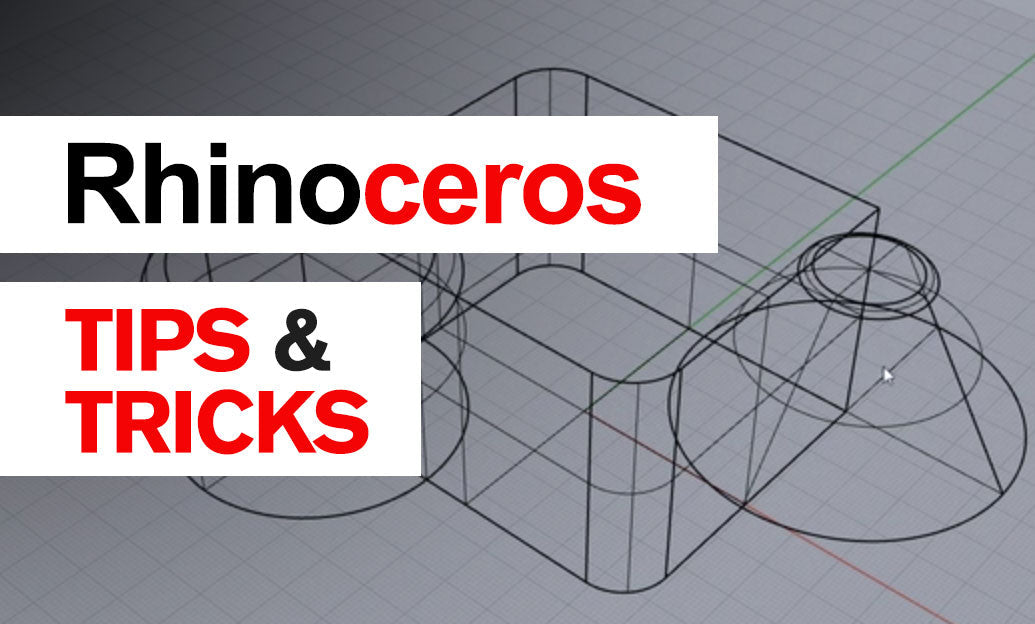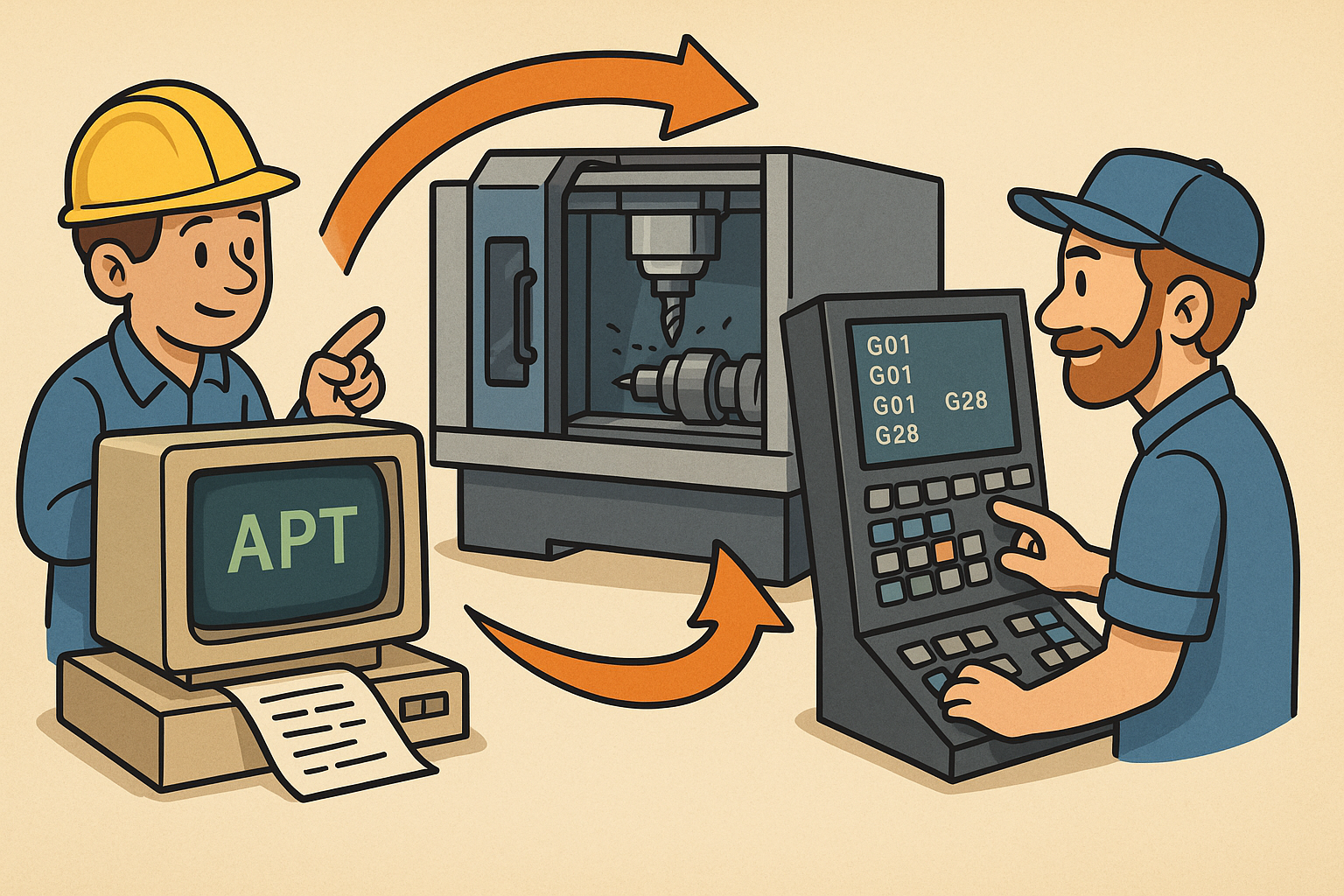Your Cart is Empty
Customer Testimonials
-
"Great customer service. The folks at Novedge were super helpful in navigating a somewhat complicated order including software upgrades and serial numbers in various stages of inactivity. They were friendly and helpful throughout the process.."
Ruben Ruckmark
"Quick & very helpful. We have been using Novedge for years and are very happy with their quick service when we need to make a purchase and excellent support resolving any issues."
Will Woodson
"Scott is the best. He reminds me about subscriptions dates, guides me in the correct direction for updates. He always responds promptly to me. He is literally the reason I continue to work with Novedge and will do so in the future."
Edward Mchugh
"Calvin Lok is “the man”. After my purchase of Sketchup 2021, he called me and provided step-by-step instructions to ease me through difficulties I was having with the setup of my new software."
Mike Borzage
Rhino 3D Tip: Enhancing Architectural Modeling in Rhino 3D: Tips for Precision and Efficiency
July 09, 2024 2 min read

When diving into the world of architectural modeling in Rhino 3D, the goal is to combine precision with efficiency to create detailed and accurate representations of your designs. As you work on your next architectural project, consider the following tips to enhance your modeling process:
- Start with a Clean Base: Begin by setting up a clean and organized file. Use layers to separate different elements of your model such as site, structure, facade, and interior details. This will make it easier to manage visibility and selection as your model grows in complexity.
- Utilize Accurate Reference Data: Import site plans, sections, and elevations into Rhino and use them as a reference to build your model. This ensures that your model accurately reflects the intended design.
- Incorporate Blocks: For repeating elements such as windows, doors, and furniture, use Rhino's block instances. This not only saves time but also reduces file size and makes global edits a breeze.
- Employ Snapping and Smart Tracking: Take advantage of Rhino's snapping features and smart tracking to align objects and maintain precision throughout your modeling process.
- Detail Strategically: Balance the level of detail with the scale of your project. For large-scale models, simplify the geometry of less critical elements to save time and reduce file size.
- Use Plugins: Expand Rhino's capabilities with plugins tailored for architectural modeling, such as VisualARQ or RhinoBIM. These can streamline the creation of parametric architectural objects, generate BIM data, and more.
- Model for Rendering: If you're planning to render your model, consider the materials and textures from the start. Apply basic materials as you go to visualize the look and feel of your design.
- Keep an Eye on Performance: Large models can become unwieldy. Regularly purge unused elements and block definitions, and use the 'Audit' command to troubleshoot and optimize your file.
- Collaborate Efficiently: When working within a team, establish a clear naming convention for layers and objects. Use Worksession to reference external models without increasing file size.
- Leverage External Tools: Integrate Rhino with other software via file imports/exports to utilize specific tools for analysis, such as energy modeling, structural analysis, or advanced rendering.
Whether you're a seasoned architect or new to the field, mastering the art of modeling in Rhino 3D can significantly improve the quality and efficiency of your work. For further expertise, explore the advanced tools and training offered by NOVEDGE. Stay ahead in the field of architectural design by continuously refining your skills and leveraging the full power of Rhino 3D.
```You can find all the Rhino products on the NOVEDGE web site at this page.
Also in Design News

Rhino 3D Tip: Rhino Section — Precise Cut Profiles for Documentation and Fabrication
January 06, 2026 2 min read
Read More
Design Software History: APT to G‑Code Dialects: The Evolution and Persistence of Vendor‑Specific CNC Post‑Processing
January 06, 2026 11 min read
Read More
Real-time CFD for Design Reviews: Progressive Solvers, GPU Pipelines, and Uncertainty-Aware Collaboration
January 06, 2026 12 min read
Read MoreSubscribe
Sign up to get the latest on sales, new releases and more …


